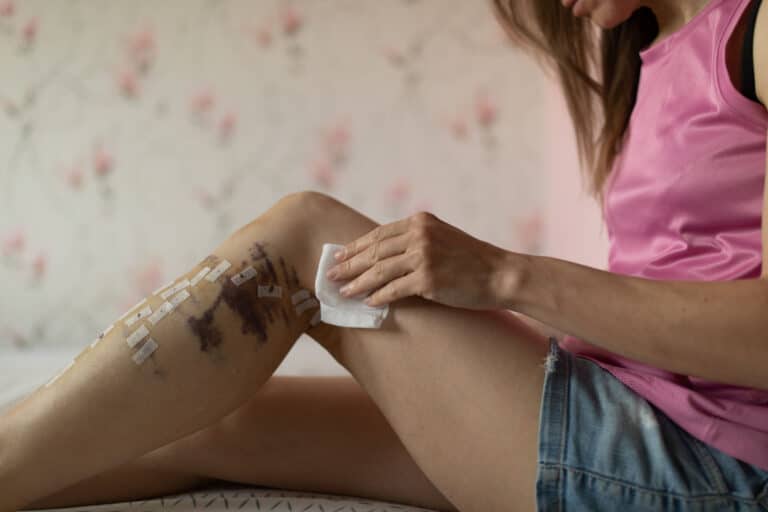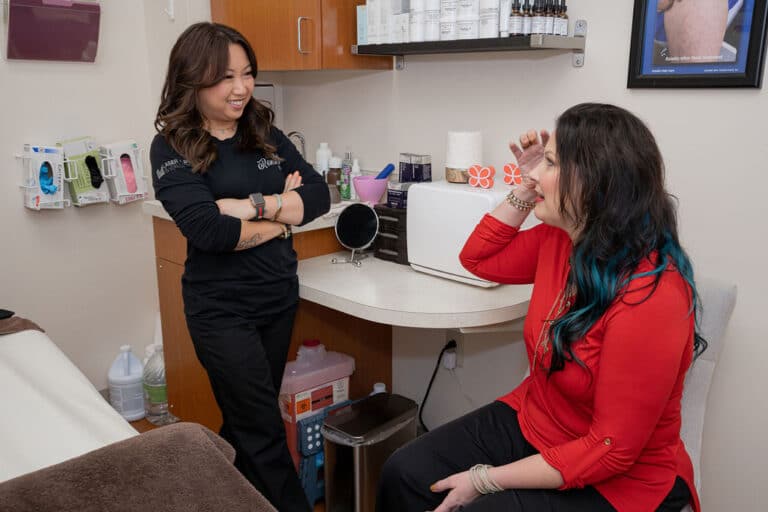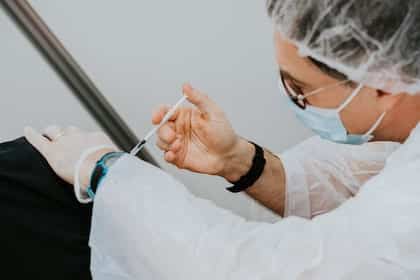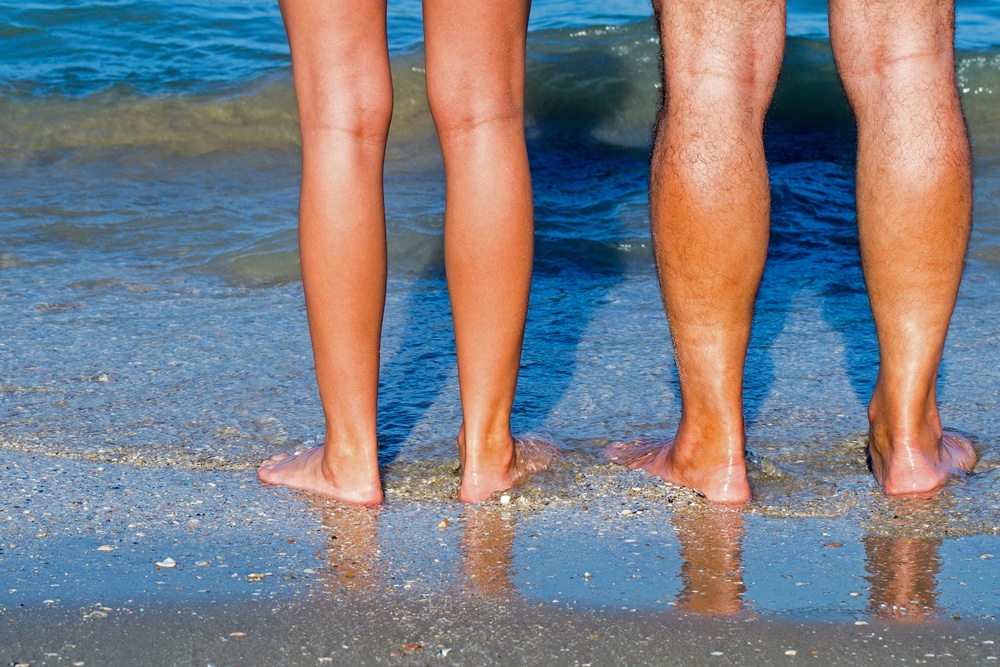Vein disease, also known as venous insufficiency, is a common condition that affects millions of people worldwide. Despite its prevalence, there are many myths and misconceptions surrounding this condition that can hinder proper understanding, diagnosis, and treatment. In this comprehensive guide, we will debunk the most common vein disease myths and provide accurate information to help you make informed decisions about your vascular health.
Myth 1: Only Women Get Vein Disease
One of the most widespread myths about vein disease is that it only affects women. While it is true that women are more likely to develop conditions like varicose veins due to hormonal changes during pregnancy or menopause, men are not immune to vein disease. Studies have shown that as many as 45% of men develop varicose veins at some point in their lives. The primary predictor of vein disease is family history, regardless of gender.

Myth 2: Vein Disease Is Merely a Cosmetic Issue
Many people mistakenly believe that vein disease, particularly in the form of varicose veins and spider veins, is solely a cosmetic concern. Although these conditions can be unsightly, they are not merely superficial. Vein disease can lead to painful symptoms, such as swelling, aching, and tired legs that worsen with minimal exercise or standing. In more severe cases, vein disease can progress to chronic venous insufficiency, causing poor wound healing, ulcers, and even amputation. All varicose veins, especially symptomatic ones, should be evaluated by a healthcare provider.
Myth 3: Crossing Your Legs Causes Vein Disease
Crossing your legs is often mistakenly blamed for causing vein disease. However, multiple large studies have validated that crossing your legs does not cause varicose veins. External pressure on your veins, like crossing your legs, is minimal and doesn’t exert enough force to damage your veins. Prolonged sitting or standing without a break, on the other hand, can increase pressure on your veins and harm vein valves responsible for circulating blood throughout your body. It is recommended to alternate between sitting and standing and to exercise regularly to promote healthy blood flow in your legs.
Myth 4: Vein Disease Is an Inevitable Symptom of Aging
Another common myth is that vein disease is an unavoidable part of the aging process. While it is true that the risk of vein disease increases with age due to wear and tear on the valves in your veins, not every person over a certain age develops the condition, and there are ways to prevent it. Maintaining a healthy lifestyle, exercising regularly, and wearing compression stockings can all help reduce the risk of developing vein disease as you age.
Myth 5: Pregnancy Causes Vein Disease
Pregnancy can indeed lead to the development of varicose veins due to the increased volume of blood in the body and hormonal changes. However, for most women, this is a temporary condition, and their veins return to their previous size after delivery. While pregnant women are at a higher risk of developing vein disease, it is not guaranteed, and many factors contribute to an individual’s likelihood of experiencing this condition.

Myth 6: Varicose Vein Treatment Is Painful and Invasive
Many people associate varicose vein treatment with painful and invasive procedures like vein stripping, often resulting in scarring and lengthy recovery times. However, modern technology has advanced significantly, and there are now many minimally invasive treatment options available that can provide effective results with minimal discomfort and downtime.
Endovenous Ablation
Endovenous thermal ablation (EVTA) is a minimally invasive procedure that uses heat energy to close large, straight source veins responsible for varicose veins. This treatment involves a single 3mm access site low in the leg and additional injections for local anesthesia. EVTA is highly effective and has a quick recovery time.
Sclerotherapy
Sclerotherapy is another minimally invasive treatment option that involves injecting a solution directly into the varicose veins, causing them to collapse and eventually fade away. This procedure is particularly useful for treating tortuous or small veins that are not suitable for EVTA. The process of destroying the veins begins immediately, and most people see full results within two months, with minor discomfort and no downtime.
Phlebectomy
Ambulatory phlebectomy (AP) is a treatment option reserved for remaining visibly bulging veins that may cause skin staining if not removed. AP involves a series of small incisions (1-3mm) through which a phlebectomy tool is used to remove the problematic veins. This procedure is performed in a clinic using local anesthesia and has minimal scarring and a quick recovery time. Many patients do not require AP at all after undergoing other treatment methods.

Myth 7: Compression Stockings Can Cure Vein Disease
While compression stockings can provide relief from the symptoms of vein disease, such as swelling and pain in the legs, they do not address the underlying causes of the condition. Compression stockings can help slow the progression of vein disease and manage symptoms, but they are not a permanent solution. To effectively treat vein disease, it is essential to seek medical intervention from a vein specialist who can determine the appropriate treatment options based on your individual needs.
Myth 8: Vein Disease Only Affects Older Adults
Although age is a significant risk factor for vein disease, it can affect people of all ages, including young adults and pregnant women. Hormonal fluctuations, obesity, and family history can all contribute to the development of vein disease, regardless of age. It is essential to be aware of the risk factors and symptoms of vein disease and seek medical attention if you suspect you may have the condition.
Myth 9: Insurance Won’t Cover Vein Disease Treatment
Many people are hesitant to seek treatment for vein disease due to concerns about insurance coverage and costs. However, because vein disease is not just a cosmetic issue but a medical condition with potentially severe consequences, most insurance providers will cover the cost of treatment. Be sure to consult with your insurance provider and healthcare professional to determine the coverage and costs associated with vein disease treatment.
Myth 10: Exercise Will Make Vein Disease Worse
Exercise is not only beneficial for overall health but is also crucial for maintaining healthy veins. Regular physical activity, such as walking, cycling, or climbing stairs, can help improve blood circulation in the legs and reduce the symptoms of vein disease. However, it is essential to wear compression stockings during exercise if you have undergone treatment for vein disease, as this can help prevent blood from pooling in the legs and reduce the risk of complications.
In conclusion, understanding the facts about vein disease is crucial for proper diagnosis and treatment. By debunking these common myths, you can make informed decisions about your vascular health and seek appropriate medical intervention when necessary. If you suspect you have vein disease or are experiencing symptoms, consult a vein specialist to discuss your options and develop a personalized treatment plan.

